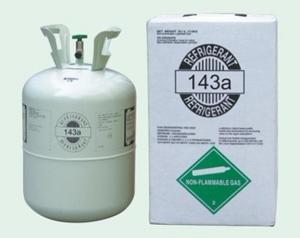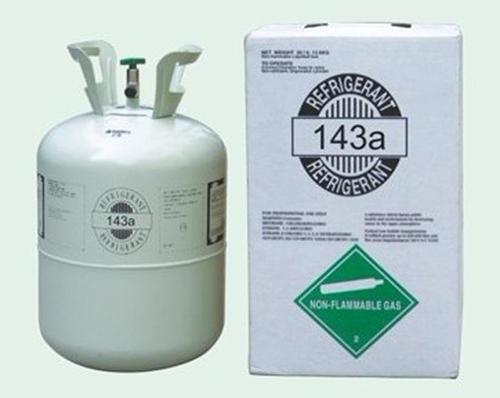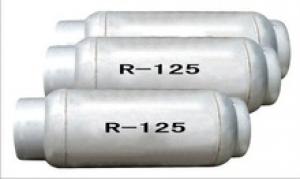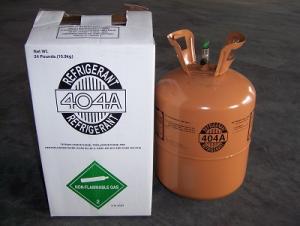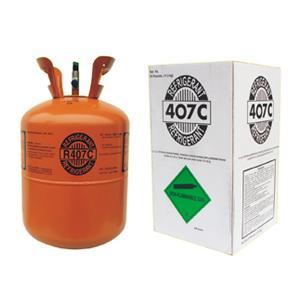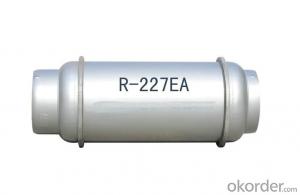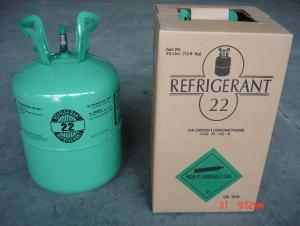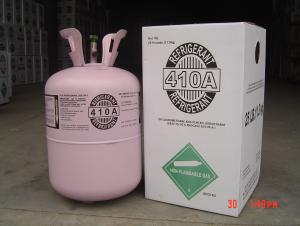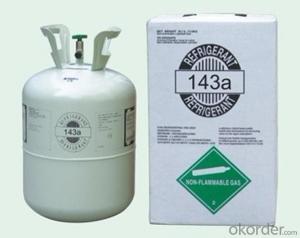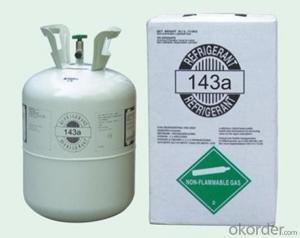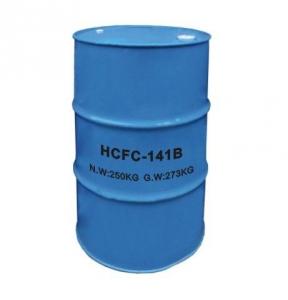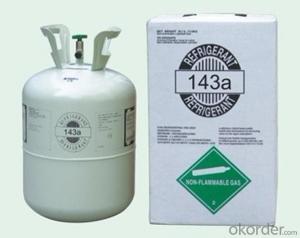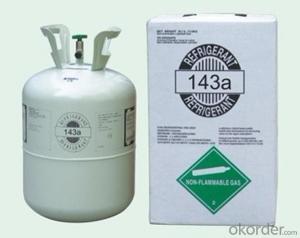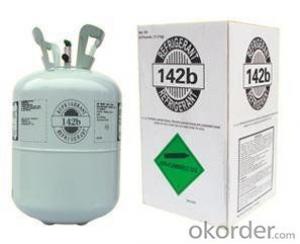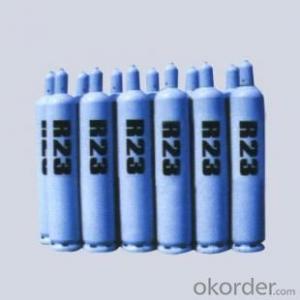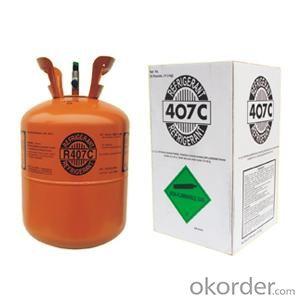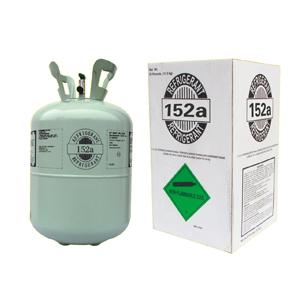Trifluoroethane R143a
- Loading Port:
- Ningbo
- Payment Terms:
- TT OR LC
- Min Order Qty:
- -
- Supply Capability:
- 1000MT m.t./month
OKorder Service Pledge
Quality Product, Order Online Tracking, Timely Delivery
OKorder Financial Service
Credit Rating, Credit Services, Credit Purchasing
You Might Also Like
Specifications
30lb/13.6kg R143a Refrigerant
1.R143a of all specificationgs
2.purity 99.8%
3.reasonable price
Specifications
30lb/13.6kg R143a Refrigerant
1.R143a of all specificationgs
2.purity 99.8%
3.reasonable price
R143a
| Product: | trifluoromethane R143a | ||||||||||||||
| Property of chloride : |
| ||||||||||||||
| Packing | Recyclable cylinder 400L(>=3.01mpa),926L, ISO-Tank | ||||||||||||||
| |||||||||||||||
| Quality standard : |
| ||||||||||||||
Application: | Usede as Refrigerant, An important component of R502's replacemnet | ||||||||||||||
- Q: What is carbohydrate? What is organic? What is it?
- Carbohydrates, also known as carbohydrates, are the most abundant and most widely distributed organic compounds in nature. Mainly by the carbon, hydrogen, oxygen composition. Glucose, sucrose, starch and cellulose all belong to carbohydrates.
- Q: What is the isomeric structure of oxygen-containing derivatives?
- Play the Transformers. As long as the same molecular formula, you can group out how many different structures, there are a number of isomers.
- Q: What are the gaseous states of the oxygen-containing derivatives of the hydrocarbons under the standard conditions?
- Halide only fluoride in normal temperature and pressure may be gaseous;
- Q: What is organic matter?
- Organic matter usually refers to carbon-containing compounds, or hydrocarbons and their derivatives are collectively referred to as organic compounds.
- Q: Is the system name of a hydrocarbon derivative named if the question can be named according to the nomenclature of the alkane?
- No, aldehyde is functional group, must be aldehyde for the mother. In addition, when the aldehyde group is a substituent, it is named as a formyl group.
- Q: Is steel not organic synthetic material?
- Steel is a mixture, the vast majority of elemental iron, also contains other elements, carbon is mixed in the inside, and did not constitute a compound.
- Q: What is the current status of carbon dioxide capture technology and how is it compared to plants that absorb carbon dioxide?
- Landlord can check their own literature what. = For example, I think this review is very good. The Although it does not include relatively new progress, but I think it is quite good. The You see such an answer to the efficiency of how low ah not as good as their own to find the literature to see right
- Q: What are the characteristics of organic compounds?
- Organic compounds are usually referred to as carbon-containing compounds, or hydrocarbon-containing compounds and their derivatives are collectively referred to as organic matter. Organic compounds are generally insoluble in water and soluble in organic solvents with lower melting points. The vast majority of organic matter heat easily decomposed, easy to burn. The reaction of organic matter is generally slow and often accompanied by side effects, and there are many kinds of organic compounds, which can be divided into two major categories of hydrocarbon and hydrocarbon derivatives. According to the organic groups contained in the functional groups, divided into alkanes, alkenes, alkynes, aromatic hydrocarbons and alcohols, aldehydes, carboxylic acids, esters and so on. According to the organic carbon molecular structure, can also be divided into open chain compounds, carbocyclic compounds and heterocyclic compounds three categories.
- Q: What is organic matter? Candle is organic?
- Organic matter refers to the addition: carbon, carbon monoxide, carbon dioxide, carbonated and carbonate carbon compounds
- Q: Are hydrocarbons are hydrocarbons and that alcohols? Is it carbon dioxide?
- Is a hydrocarbon derivative.
Send your message to us
Trifluoroethane R143a
- Loading Port:
- Ningbo
- Payment Terms:
- TT OR LC
- Min Order Qty:
- -
- Supply Capability:
- 1000MT m.t./month
OKorder Service Pledge
Quality Product, Order Online Tracking, Timely Delivery
OKorder Financial Service
Credit Rating, Credit Services, Credit Purchasing
Similar products
Hot products
Hot Searches
